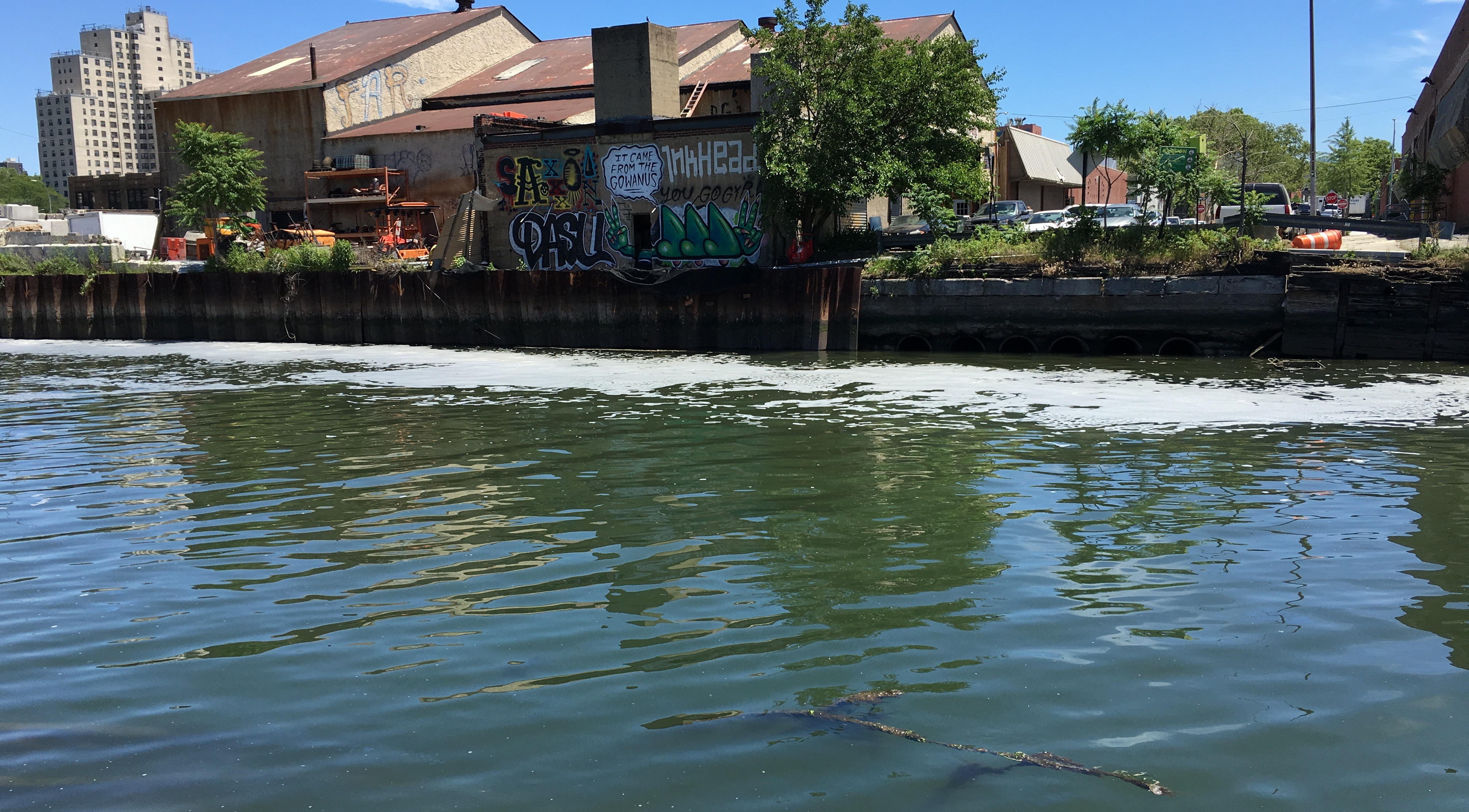Robin Bond Research Group
Dr. Robin Bond (formerly Schneider) recently moved to a tenure track position at The Evergreen State College.
Be sure to check out our lab news (link in sidebar).

Dr. Robin Bond (formerly Schneider) recently moved to a tenure track position at The Evergreen State College.
Be sure to check out our lab news (link in sidebar).
Europa Project
Jupiter's moon, Europa, is a prime candidate for finding extraterrestrial life because of two factors. Firstly, it has a lot of water (potentially more than is found in Earth's oceans). But life in its ocean could not be too much like that in terrestrial oceans, because the ocean is covered by 60 km of ice! Unlike marine microbes on Earth, the microbes at the base of a hypothetical Europan marine food chain could not rely on photosynthesis as an energy source. Instead, the source of their energy might be oxidation-reduction reactions spawned by the second factor that makes Europa of interest to astrobiologists: an abundant source of hydrogen peroxide.
The goal of this project is to examine hydrogen peroxide kinetics in a modeled Europan ocean and determine how they affect the redox cycling necessary to sustain life. Eventually we will have model oceans with extremophiles from Earth, but that is several years in the future.
Current research students: P. Morris, C. Goodale
Past research students: L. Palisoc, J. Mirkovic
Community Toxics Project
This project is a collaboration with the Olympic Region Clean Air Agency (ORCAA) and is funded by the EPA. Acrolein is a toxic, volatile organic compound and is a common product of combustion reactions. It is also notoriously hard to detect in a quantitative fashion. Our lab is trying to change that! We are also trying to find statistical relationships that link ambient environmental acrolein levels to easily measured tracers.
Current research students: A. Cutler, R. Schumaker
Pilot Valley Mars Analogue/Perchlorate Project
This long-running, ongoing project is a collaboration with principal investigator Dr. Kennda Lynch. My past role has been providing support for geochemical analysis. However, the Bond lab is about to kick the participation up a notch and dive in a little more deeply! More info coming soon....
Environmental Remediation/Gowanus Canal Project
It's easy to predict how two chemicals will interact in a controlled laboratory setting. Environmental chemistry is a lot of fun precisely because there are hundreds of substances involved and it's not always clear what is going to react with what.
This project examines redox cycling and metal mobility in a waterway that's contaminated both with toxic metals as well as recalcitrant organics—and, more importantly, what happens when you upset the equilibrium by trying to remediate the system.
(Now that the lab is no longer located in New York, we may choose a field site that is more local for most of our tests. However, the Gowanus Canal is a pretty impressively contaminated waterway and would be great as a long-term field site.)
Past research students: T. Christensen, S. Johnson, A. Peck, N. Cacarmo-Ortiz, L. Diawara
I have done a lot of interesting things in my life, both in and out of academia, and the variety of experiences I've had all inform my research interests. My interest in remediation stems from the disaster preparedness education I used to do in conjunction with the city of Sunnyvale, CA. My interest in remediating soils was kindled when I started gardening at my home just 1/2 mile from a Superfund site.
I'm interested in modeling because I did work as a (volunteer) researcher with a theoretical physical chemist. I learned tons about thermodynamics, computer programming, etc.
I'm interested in research at the intersection of geology, biology, and chemistry because that's what I did in graduate school—I looked at factors affecting hydrogen peroxide kinetics in natural water systems. In part, this involved doing geochemical characterization of field sites. However, the most important factors seemed to be biological in nature, so I also spent time growing microbes (algae and bacteria) and looking at how they affected their environments, chemically speaking.
Finally, I've been interested in extraterrestrial life since I was five or so—that's the age at which I decided I wanted to study astronomy when I grew up. When I was a teenager, my goal was to become an astronaut. I never quite managed that...there was this problem that you needed to be very physically fit...but when I was offered the opportunity to help a friend (Dr. Lynch) on her astrobiology research, I jumped at it. I was originally brought on in the role of mineralogy consultant, but I also helped do a lot of the fieldwork. I was hooked! And now I'm applying my expertise on measuring reactive oxygen species to do research on